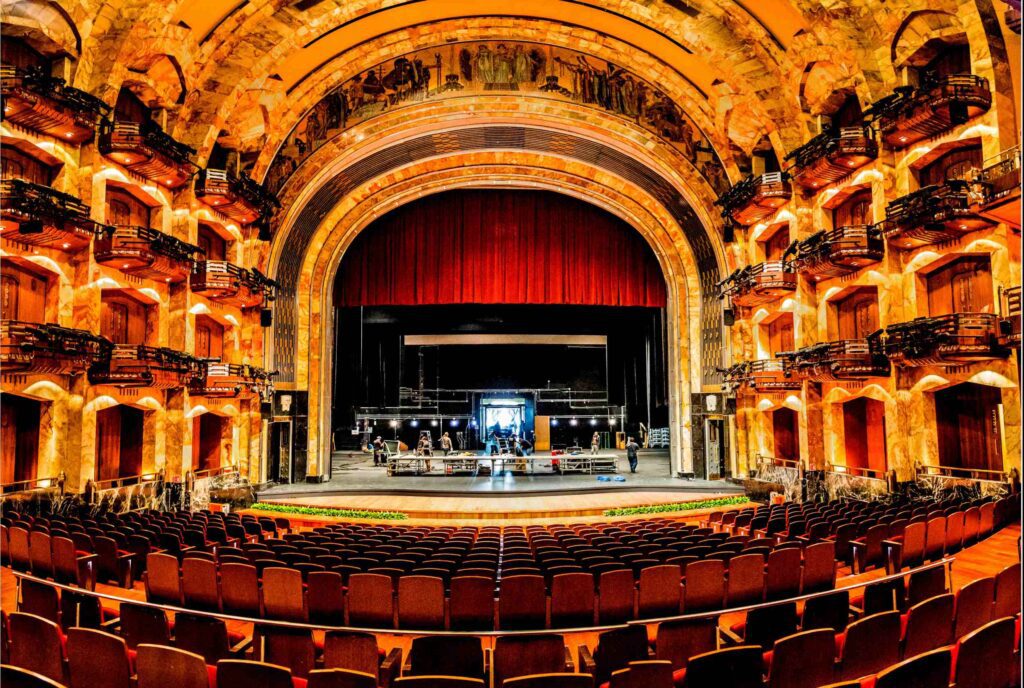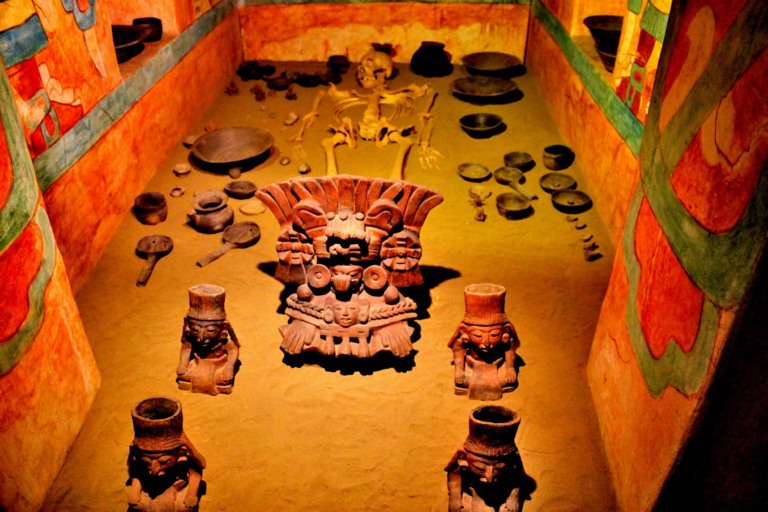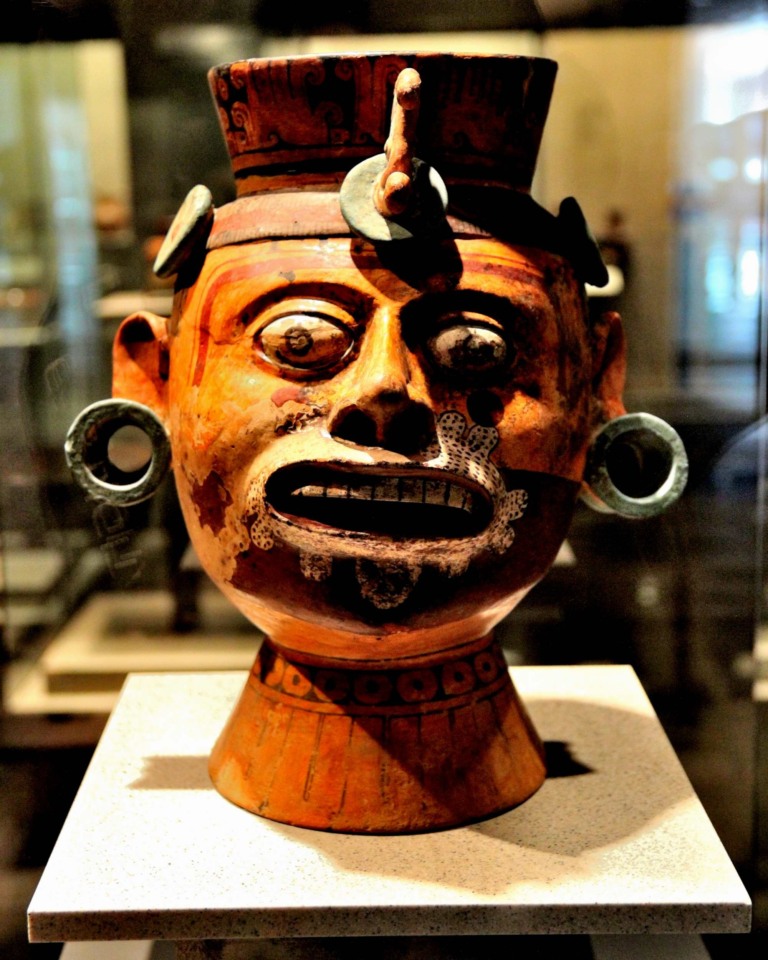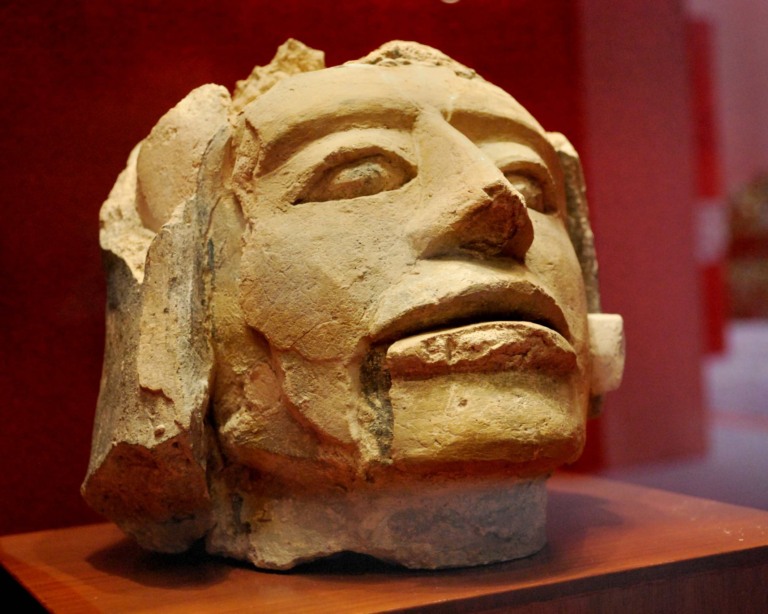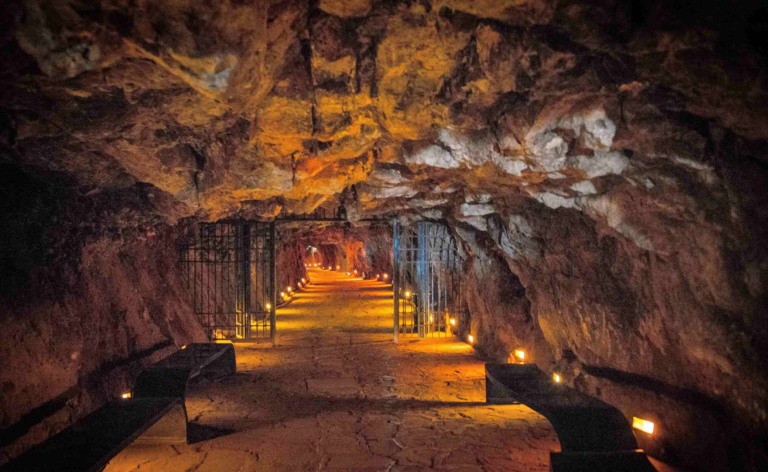The Palacio de Bellas Artes, or the Palace of Fine Arts, in Mexico City was built between 1904 and 1934. A big theater, a music hall, the Palace of Fine Arts Museum, and the National Museum of Architecture are all inside the palace (Museum of the Palace of Fine Arts).
Palacio de Bellas Artes Facts
There are paintings and other works of art from Mexico from the 19th and 20th centuries in the halls and galleries of the second building. Murals by Diego Rivera, José Clemente Orozco, and other Mexican artists are in the lobby areas of the balconies. It was named a UNESCO World Heritage Site in 1987.
The Palacio de Bellas Artes was supposed to be done by 1910, which would have been the 100th anniversary of Mexico’s independence. But the building sank into the soft ground, and the Mexican Revolution stopped the project (1910–20). When it was done, anyone in the country could go to the Palacio de Bellas Artes to see art.
On the outside, it had a big dome, and on the inside, there were decorations of Mexican plants, animals, and masks that reminded people of their traditions before the Spanish came. A curtain made of pieces of colored glass hangs in front of the stage in the main theater.
In 1911, Louis Comfort Tiffany made this curtain in New York City. Doctor Atl is a Mexican artist (Gerardo Murillo). White marble is used to make the top floors of the palace. It was built by President Porfirio Diaz as a concert hall and arts center. They are covered with murals by well-known Mexican artists.
Palacio de Bellas Artes Murals
In the early 1950s, Rufino Tamayo, a painter with Zapotec roots, made two pieces. Those are México de Hoy (Mexico Today) and Nacimiento de la Nacionalidad (Birth of Nationality) (Birth of Nationality). These paintings show how a “mestizo,” a person with mixed ancestry, became the person they are today. “Man at the Crossroads” by Diego Rivera is at the west end of the third floor.
It was first made for the Rockefeller Center in New York. The Rockefellers got rid of the first one because they thought it hurt capitalism. In 1934, Rivera put it back together here. On the north side are the three-part painting “Nueva Democracia” by David Alfaro Siqueiros and the four-part painting “Carnival of Mexican Life” by Diego Rivera.
A painting by José Clemente Orozco called “La Katharsis” is to the east. This painting shows how people’s “natural” and “social” sides often don’t get along. You can see different kinds of modern architecture on the 4th floor of the Museo Nacional de Arquitectura. There are also art shows at the palace that change often and are worth seeing.
Bellas Artes Theater
The remodeled Bellas Artes theater is a work of art in and of itself. But you can only see it when there is a show. A stained glass curtain shows the Valle de México.
Tiffany & Co. in New York put together almost a million pieces of colored glass to make it. It was based on a drawing by Gerardo Murillo, a Mexican painter (also known as Dr. Atl). The theater hosts the Ballet Folklórico de México and opera and symphony performances at different times of the year.
Palacio de Bellas Artes Tickets
Adults have to pay M$75 to get in, but kids under 13 and people with disabilities can go in for free. People from Mexico and other countries can get in for free on Sundays. You can’t make plans or book a ticket online. You have to buy tickets at the museum on the day you want to go. From the Sears building across the street, you can get a great view of the Palacio from the cafe terrace.
Palacio de Bellas Artes Historia
In 1905, the famous building was started by Adamo Boari, an Italian architect who liked neoclassical and art nouveau styles. It was so bad that the big marble shell started to sink into the soft ground. When the Mexican Revolution took place, things got even worse.
In the 1930s, architect Federico Mariscal finally finished the inside of the building. He used the art deco style, which was more modern. One of the most beautiful buildings from that time is the Palacio de Bellas Artes (Palace of Fine Arts). Art nouveau is used on the outside, while art déco is used on the inside.
Palacio de Bellas Artes Mexico City
It would take about twenty years to finish the project. Federico Mariscal, a Mexican architect, took over the project again in 1932. Mariscal finished the inside, but instead of doing what Boari wanted, he changed the style to Art Deco, which is more modern. The building was first opened to the public on November 29, 1934.
“La Verdad Sospechosa,” by Juan Ruiz de Alarcón, was the main piece for the first night. It was first performed in 1934. In 1946, the government set up the National Institute of the Fine Arts (Instituto Nacional de Bellas Artes) to help the arts. When it was first found, it was at the National Museum of Fine Arts, the Museum of the Book, and other places. You can find it at the Palacio right now.
Información del Palacio de Bellas Artes
In 1950, Maria Callas sang Norma for the first time in this theater. In 2002, the funeral for Maria Félix took place at the Palace. Not much has been added or changed since it was first built. But a lot of work was done in 2009 to get ready for the parties in 2010.
A lot of the tools and machines date back to the beginning of the 20th century. The infrastructure for tech is changing a lot. This is especially true in the theater, where lights, sound systems, and other changes need to be made by computer.
There are other ways to improve the sound. With the changes to the theater, it will be possible to do multi-media shows that couldn’t be done before. The main hall hasn’t been fixed or changed since it opened in 1934. Since it’s been fixed up, this hall can’t hold as many people as it used to. But they should try to improve how it looks.
Museo Nacional de Arquitectura
The building’s roof is made of glass and iron, and on the top floor is the National Museum of Architecture. It has shows with models, plans, and photos of the most important works by well-known Mexican architects. The museum also puts on temporary shows of its collections in other places to show the people of Mexico the country’s rich architectural history.
Some of the work of famous architects like Jaime Ortiz Monasterio, Carlos Mijares Bracho, Adamo Boari, and Luis Barragán can be seen at the museum. The museum is split into four distinct areas, each dedicated to a different architect: “Arquitectura-contrastes: Jaime Ortiz Monasterio y Carlos Mijares Bracho,” “Corpus Urbanistico de la Ciudad de México,” “Teatro Nacional de México (Plano original),” and “Teatro Nacional de México.” Modern architecture can also be shown in short-term shows.

